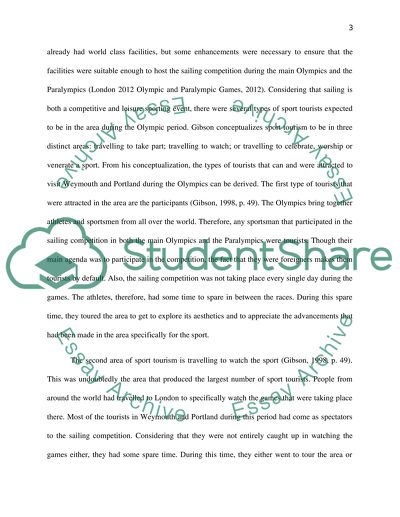Cite this document
(“Sports Tourism Essay Example | Topics and Well Written Essays - 1250 words”, n.d.)
Retrieved from https://studentshare.org/tourism/1463060-case-study
Retrieved from https://studentshare.org/tourism/1463060-case-study
(Sports Tourism Essay Example | Topics and Well Written Essays - 1250 Words)
https://studentshare.org/tourism/1463060-case-study.
https://studentshare.org/tourism/1463060-case-study.
“Sports Tourism Essay Example | Topics and Well Written Essays - 1250 Words”, n.d. https://studentshare.org/tourism/1463060-case-study.


